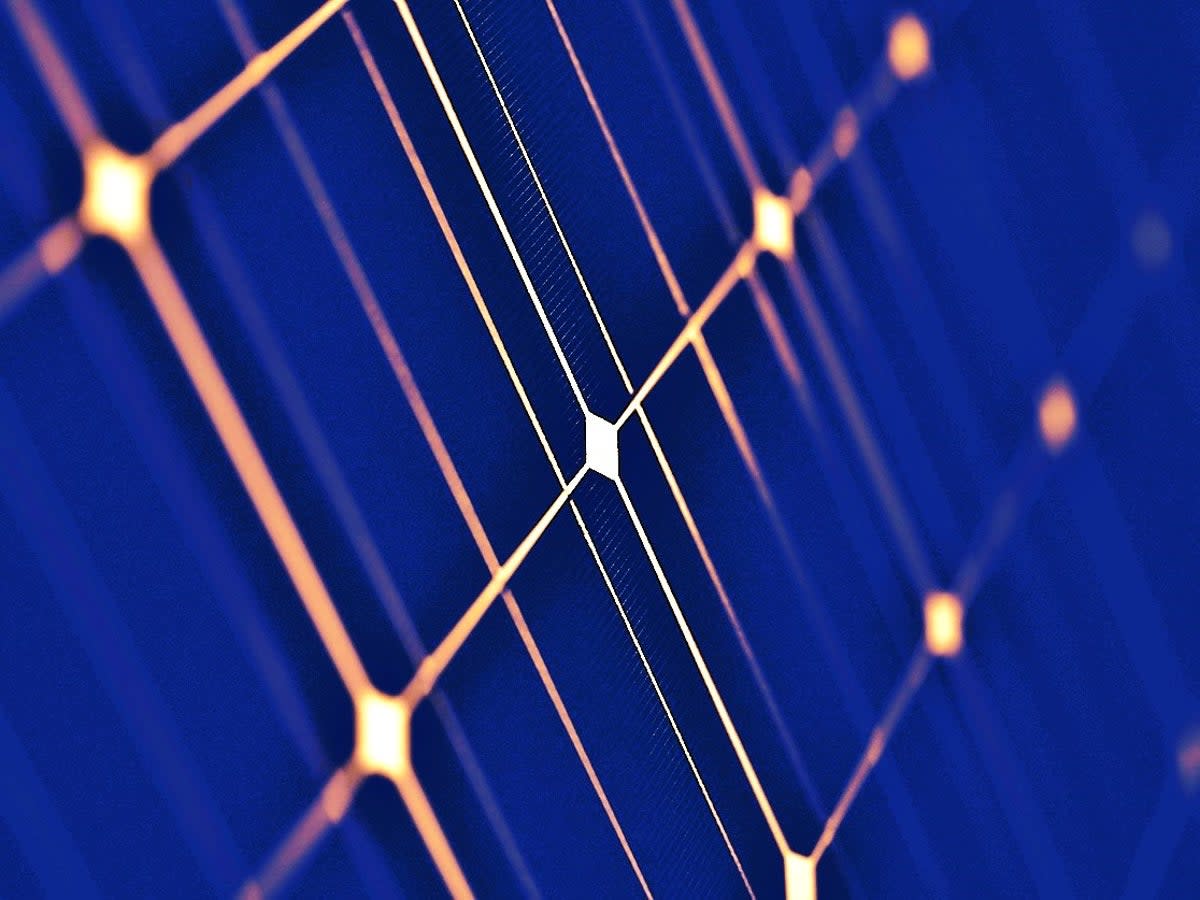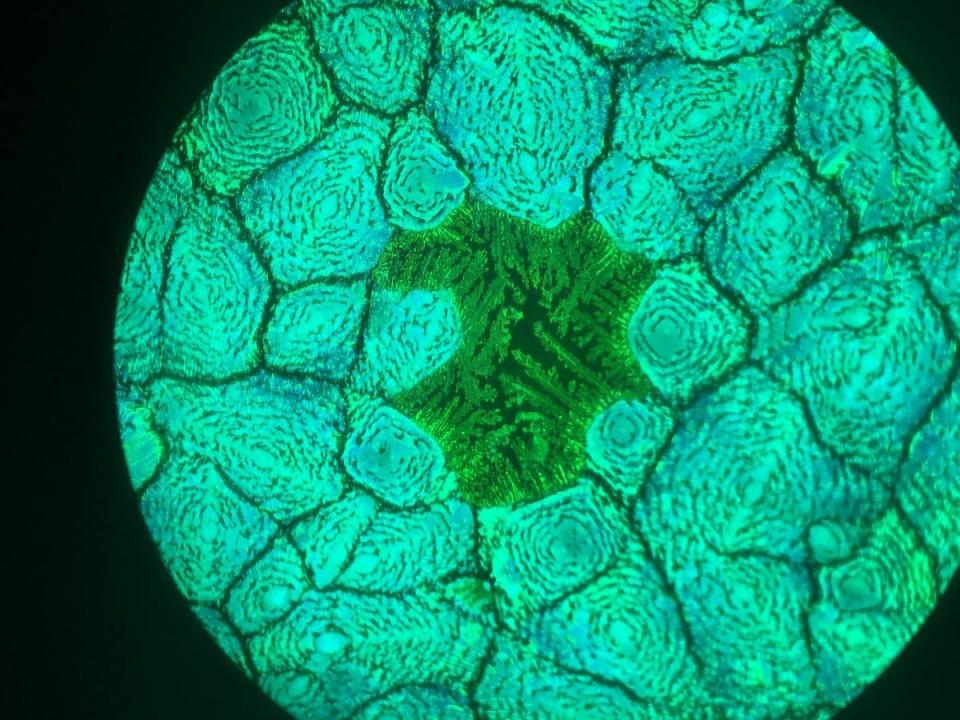Solar power world record broken in ‘really big leap’ for renewable energy

Scientists have achieved a new world record for solar cell efficiency, marking a “really big leap” forward for renewable energy.
A team from Helmholtz Zentrum Berlin (HZB) was able to convert 32.5 per cent of solar radiation into electrical energy using a novel tandem cell technology.
The design involved a bottom cell made of silicon – a material typically used in conventional solar panels – together with a thin top cell made of the so-called “miracle material” perovskite.
“This is a really big leap forward that we didn’t foresee a few months ago,” said Professor Steve Albrecht from HZB.
“We are very excited about the new value as it shows that the perovskite/silicon tandem technology is highly promising for contributing to a sustainable energy supply.”
The record, which was independently verified by the European Solar Test Installation (ESTI) in Italy, broke the previous record set in October by a significant 1 per cent margin. By comparison, the current efficiency record for traditional silicon-based cells is around 22 per cent.
Perovskite has been hailed for its potential to transform various industries due to its remarkable properties, from renewables to telecommunications.

Over the last decade, the sunlight-to-energy efficiency has increased nearly 10-fold from 3.8 per cent to today’s record of 32.5 per cent.
“It’s unbelievable, a miracle material,” said Z. Valy Vardeny from the University of Utah following a previous solar cell efficiency record.
The team from HZB hope to continue pushing for new efficiency breakthroughs, while seeking ways to commercialise the technology on a significant scale.
Solar power has been critical in recent years in leading the transition towards renewable energy sources, growing 23 per cent in 2021 according to figures from the Global Electricity Review 2022.
A recent study from the International Energy Agency (IEA) predicted that renewable energy will overtake coal as the largest source of power generation globally in the next two years, making up 38.1 per cent of electricity generation by 2027.
IEA researchers noted that the transition has been “turbocharged” by the global energy crisis, which sparked “unprecedented momentum” for renewables.

